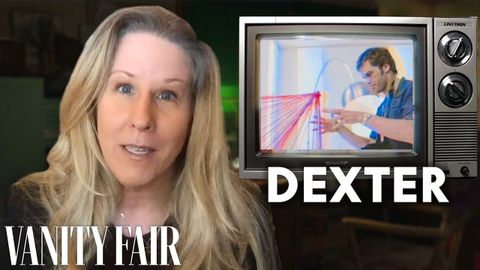Forensics Detective Reviews Crime Scene Investigations, from 'Dexter' to 'CSI: Miami' | Vanity Fair
林宜悉 が 2020 年 11 月 16 日 に投稿  この条件に一致する単語はありません
この条件に一致する単語はありませんUS /sɪɡˈnɪfɪkənt/
・
UK /sɪgˈnɪfɪkənt/
US /məˈtɪriəl/
・
UK /məˈtɪəriəl/
- n. (c./u.)衣料;原材料;原料
- adj.関連な,重要な;世俗的な : 物質的な : 物質でできた
- n. (c./u.)模範 : 見本;模様 : 柄;様式;規則性;型紙
- v.t.模倣する;模様をつける
US /ˈɛvɪdəns/
・
UK /'evɪdəns/
エネルギーを使用
すべての単語を解除
発音・解説・フィルター機能を解除

